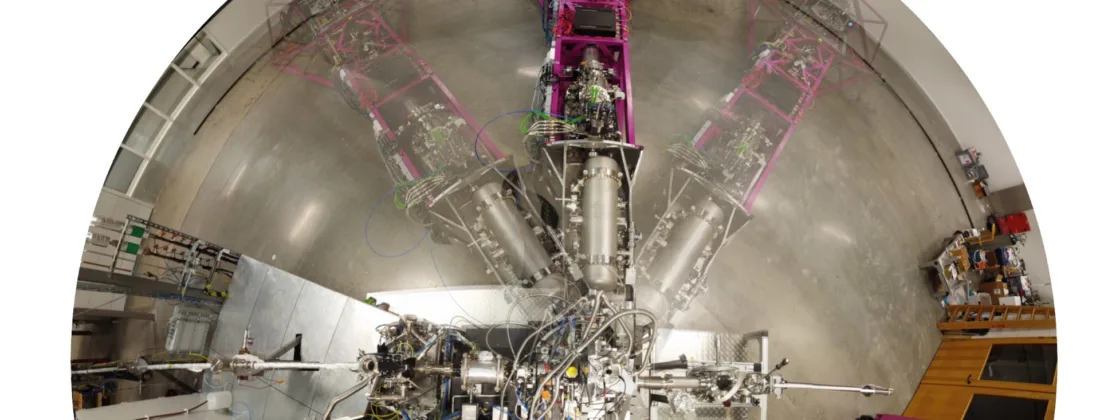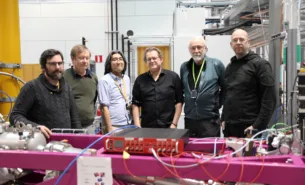The RIXS (Resonant Inelastic X-ray Scattering) technique was pioneered already in the 1980’s, and since then it has provided a broad range of applications. It relies heavily on access to a high brilliance source of primary photons, and it is only recently that the full power of the method has been realised. The new synchrotrons offer the ability to monitor the process with a high level of control over energy and momentum and angular momentum transfer. It has been demonstrated that e.g., that fundamental excitations in correlated materials can be studied in detail, and that individual vibrational excitations in molecular systems can be resolved. It is obvious that the improved spectral quality will open the door to new classes of phenomena, and it is envisioned that e.g. local ultrafast electron-phonon interaction, which determines the properties of many materials, will be possible to investigate in detail.
The Veritas beamline is designed to fully exploit the extraordinary brilliance of the 3-GeV ring at MAX IV with the aim to further refine the RIXS method and to become a world-leading facility in this highly competitive field. It comprises a grating spectrometer, which covers the 275-1 500-eV energy range, i.e., the range where resonances of many important species, including carbon, nitrogen, and oxygen K, and the transition metal L resonances. To achieve high energy resolution the instrument is fairly large (a total length of approximately 10 m), and to achieve high momentum transfer resolution it can continuously rotate (i.e. without breaking the vacuum) 120 degrees in the horizontal plane.
The Vertias beamline supports great variety of experimental environments were a custom manipulator system with exchangeable manipulator rod is available. The beamline offers a number of standard rods for different types of experiments, from solids under cryo-conditions, micro manipulation, to liquids and gases. The user can also bring their own rod of they have special needs or requirements of the experimental set up.
With the high-level performance, the beamline offers new opportunities for research fields ranging from physics and chemistry to biology. Especially, materials science, and research on correlated systems and energy materials will benefit, and the feasibility to investigate catalysis and corrosion in operando with high precision is very promising.

Page manager: Conny Såthe
February 15, 2024
